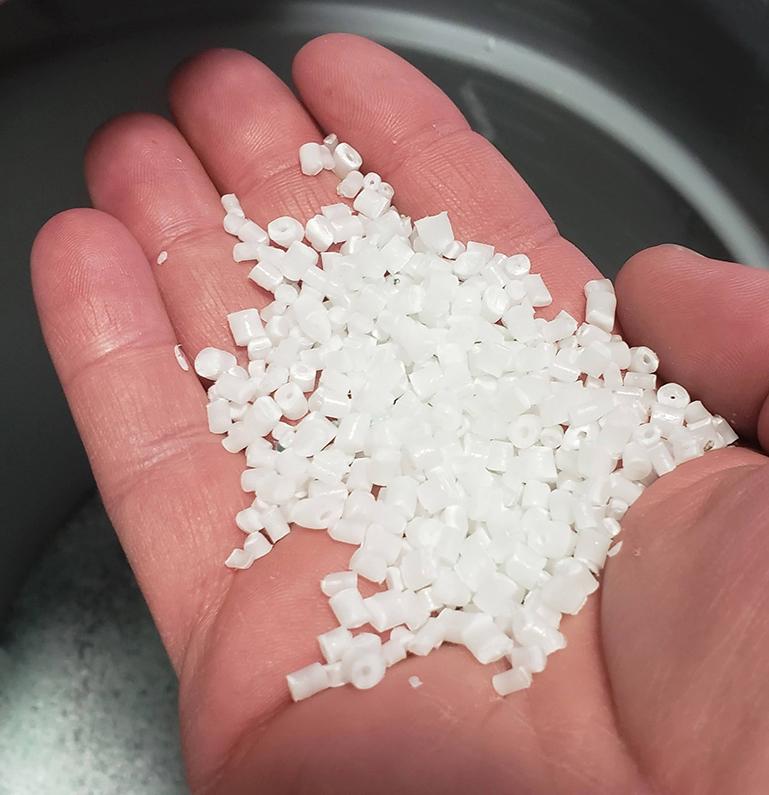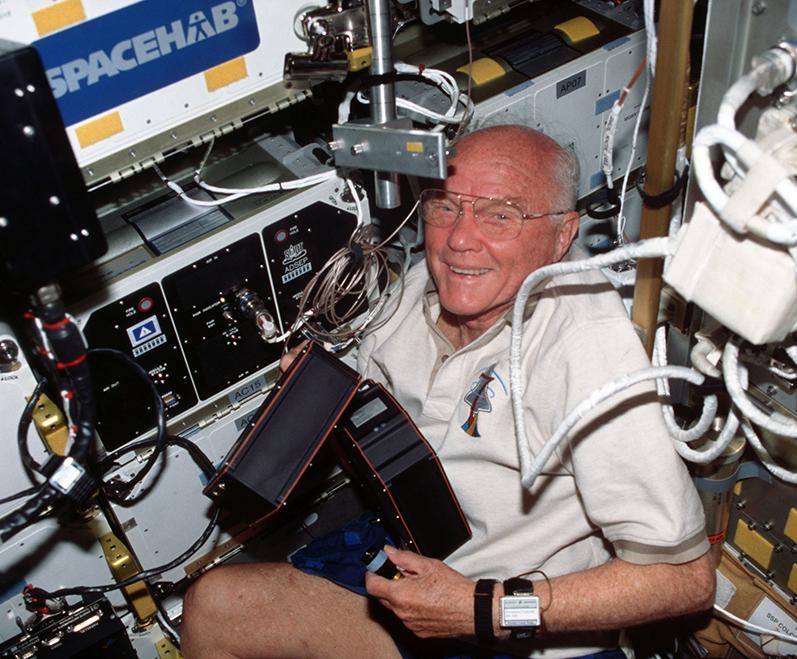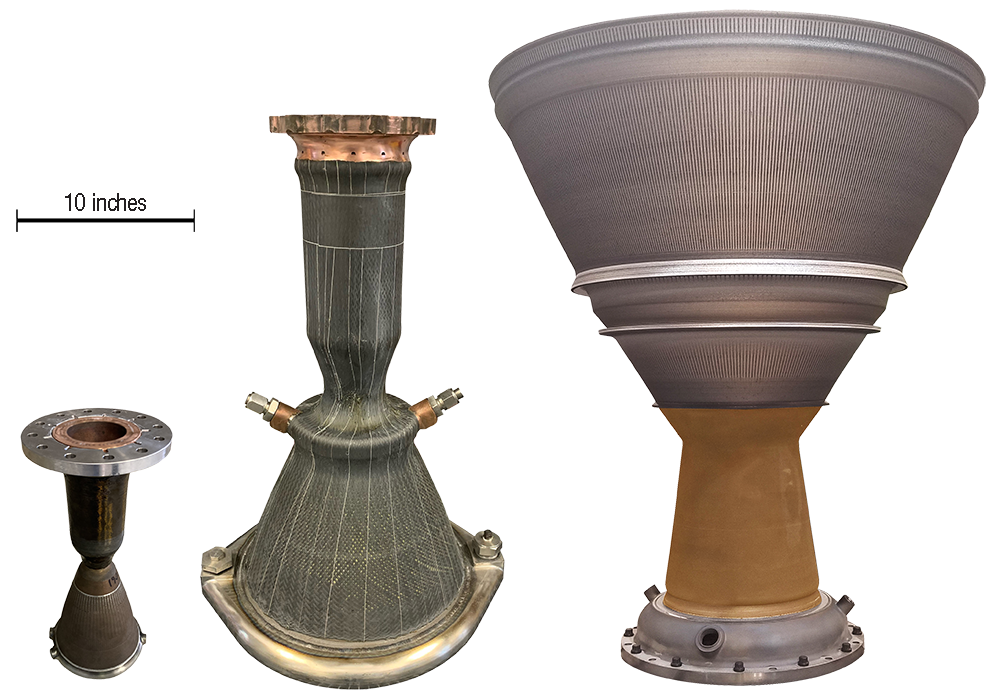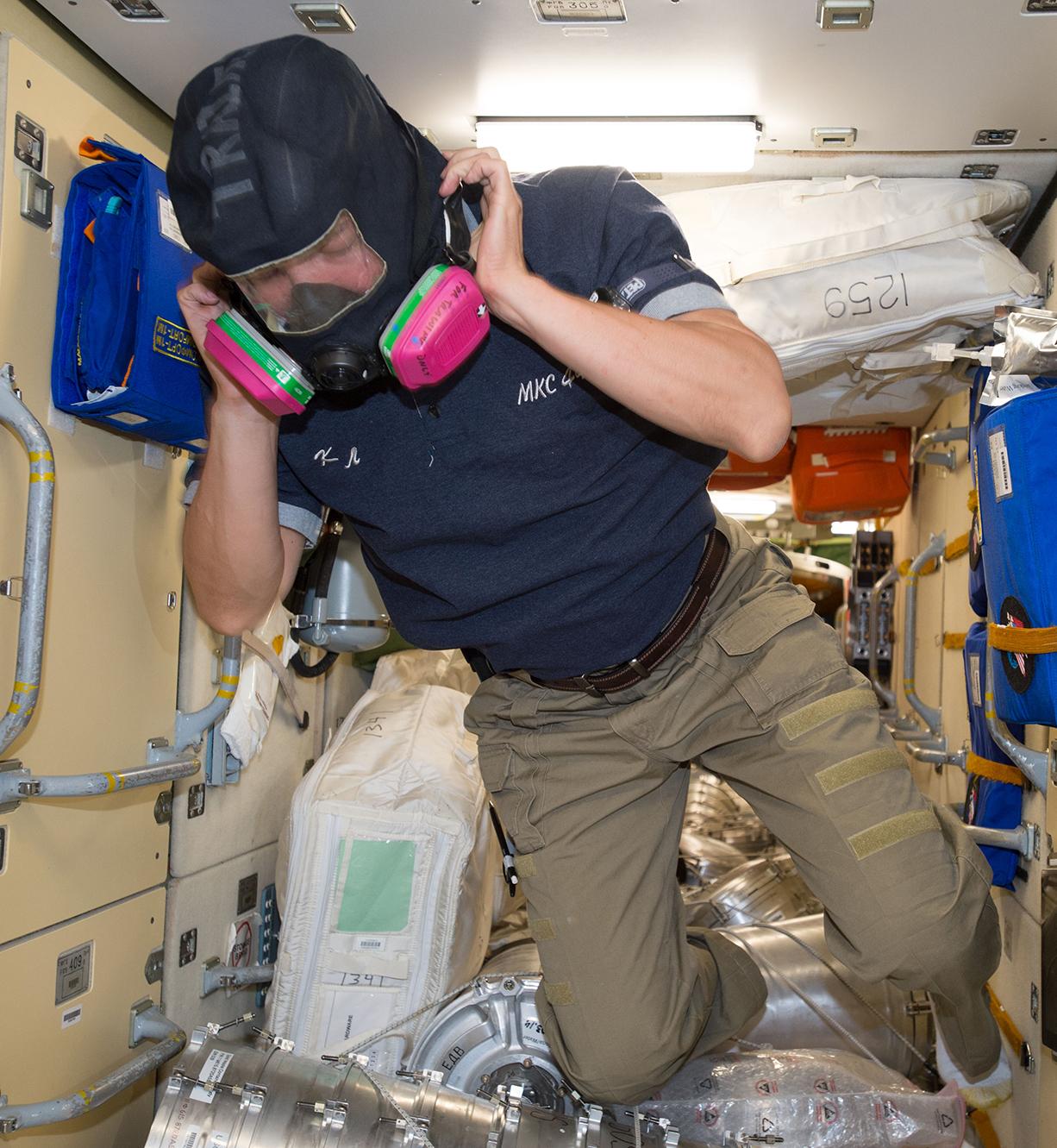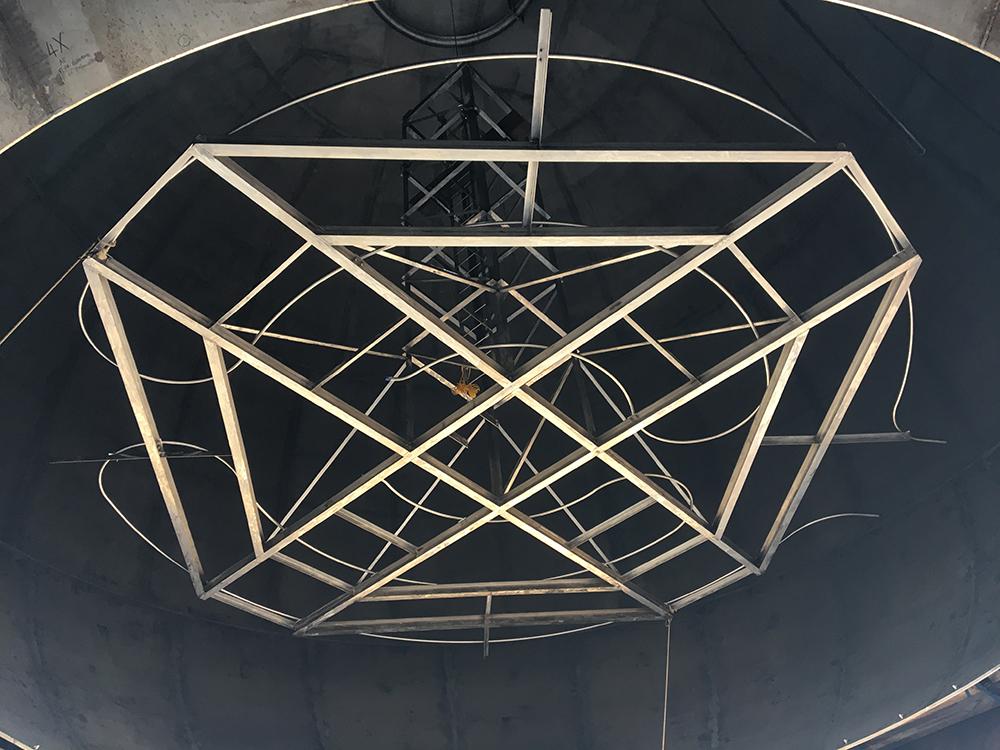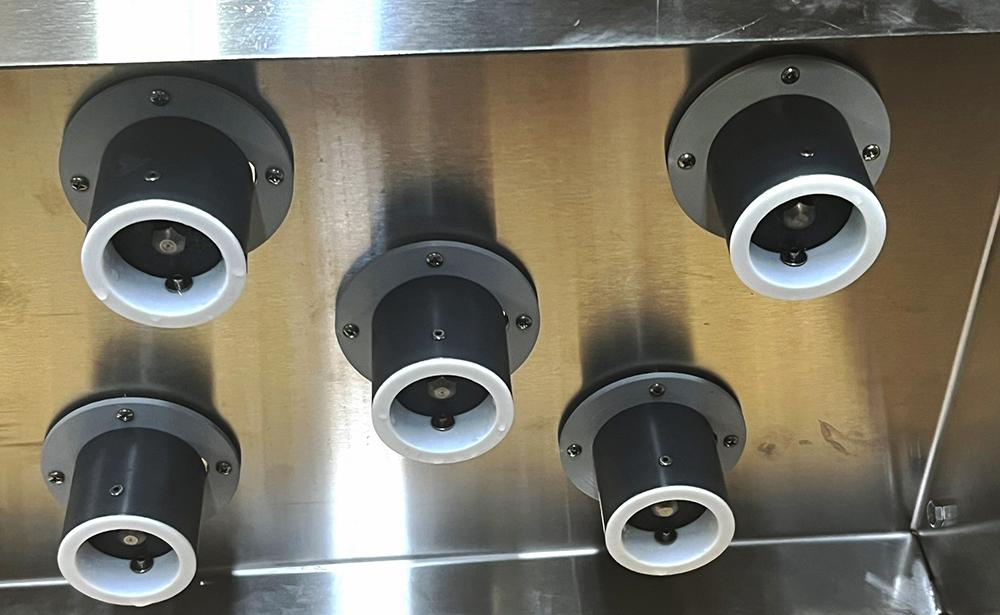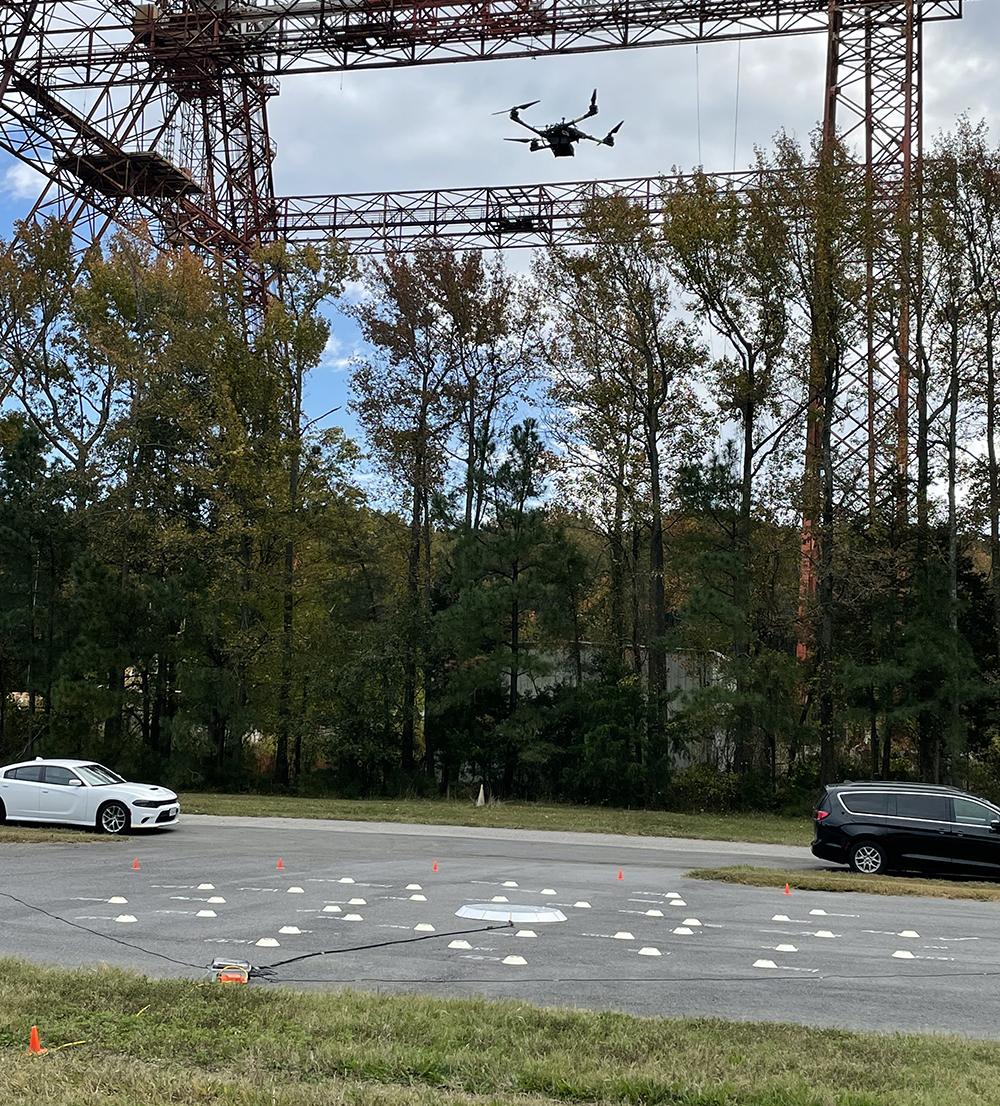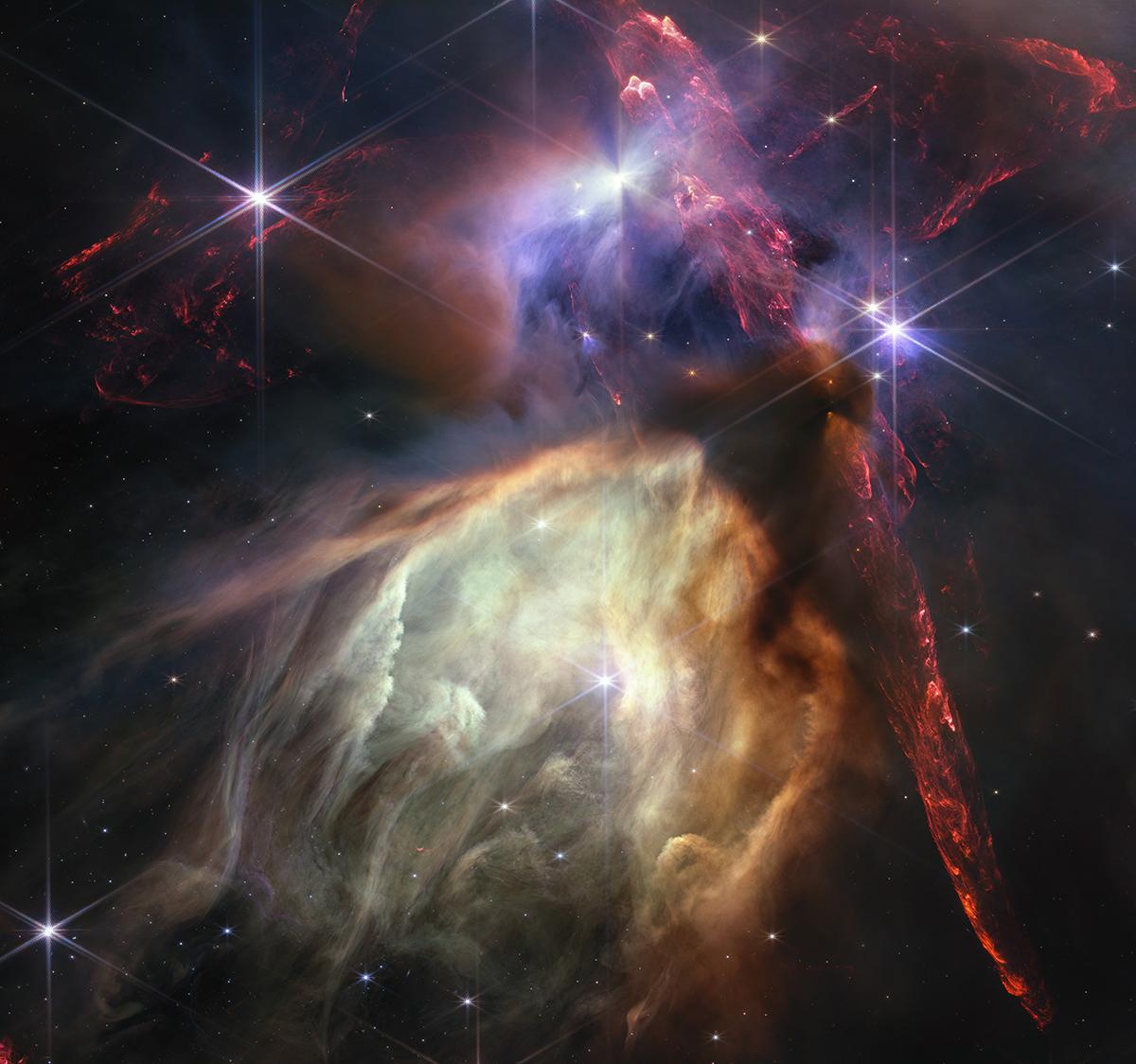
Dust-Powered 3D Printing
Subheadline
Planetary construction technology makes large-scale 3D printing more accessible on Earth
After 3D printing a habitat designed for Mars and working with NASA on print material made from synthetic Moon dust, AI SpaceFactory Inc. has commercialized two separate 3D printers.
The Secaucus, New Jersey company’s latest offering, Starforge, is a large-capacity 3D printer that uses innovative print material inspired by SpaceFactory’s work with NASA’s Kennedy Space Center in Florida under an Announcement of Collaboration Opportunity agreement.
The project, with work performed mostly at Kennedy’s Swamp Works innovation environment, focused on developing 3D print material using simulated lunar regolith, which mimics the crushed rock and dust on the Moon’s surface. Using local material for planetary constructions dramatically reduces the amount of material that a spacecraft would need to carry. It can also reduce environmental impacts of printing on Earth.
Starforge uses pellet “inks” that draw on the same principles as the Moon regolith project by mixing plastic — recycled plastic waste, for instance — with a dry fill material, such as talc or gypsum, that could be obtained in the field. The pellets can also be strengthened with glass or carbon fibers.
“It’s really an innovation in pellet printing,” said SpaceFactory’s cofounder and chief executive, David Malott, explaining that traditional filament inks can cost up to $150 per pound, making larger printing impractical.
“Our pellets come to about a couple dollars a pound,” Malott said, “so it’s completely disruptive in terms of making large-scale 3D printing much more accessible and opening pathways to material diversity.”
SpaceFactory’s work with NASA began with the Centennial Challenge program’s 3D-Printed Habitat Challenge, which the company won in 2019. The project involved printing one-third-size model living quarters designed for Mars. The company began working with innovative print materials for that challenge, incorporating crushed basalt, which resembles Martian surface cover. This work inspired the company to think about Earth-based applications using bioregenerative materials.
Tracie Prater, now a technical manager in habitation systems development at NASA’s Marshall Space Flight Center in Huntsville, Alabama, who was a subject matter expert for the challenge, said sustainable materials were an overarching focus of the competition.
“We were seeking the use of local resources to reduce the amount of mass which would need to be launched to support construction on a planetary surface,” she said.
NASA’s Monsi Roman, who managed the challenge, agreed. “They had a lot of interest in Earth applications and working with bioregenerative materials,” she said. “They were thinking about the environment on Earth, and that was an area most of the other companies weren’t thinking about.”
SpaceFactory has since used the robotic arm printer it developed for the challenge, which it calls Astra, to print unusual jobs for its customers. Running shoe company On, for instance, hired SpaceFactory to print a full-scale model of a boulder it had scanned in the Swiss Alps and wanted to display in its Manhattan store. Another company commissioned SpaceFactory’s Astra printer to create a seawall that could promote the growth of mollusks and algae, serving as a habitat in addition to absorbing wave energy.
NASA’s Prater said the Centennial Challenge “was designed to incentivize innovation in large-scale additive construction.”
The call worked on SpaceFactory, which had not previously built a large-scale 3D printer, according to Malott. “We started as a group of architects and engineers,” he said. “We had to learn pretty quickly. By focusing on the space use case, we’re now at the leading edge of terrestrial applications.”
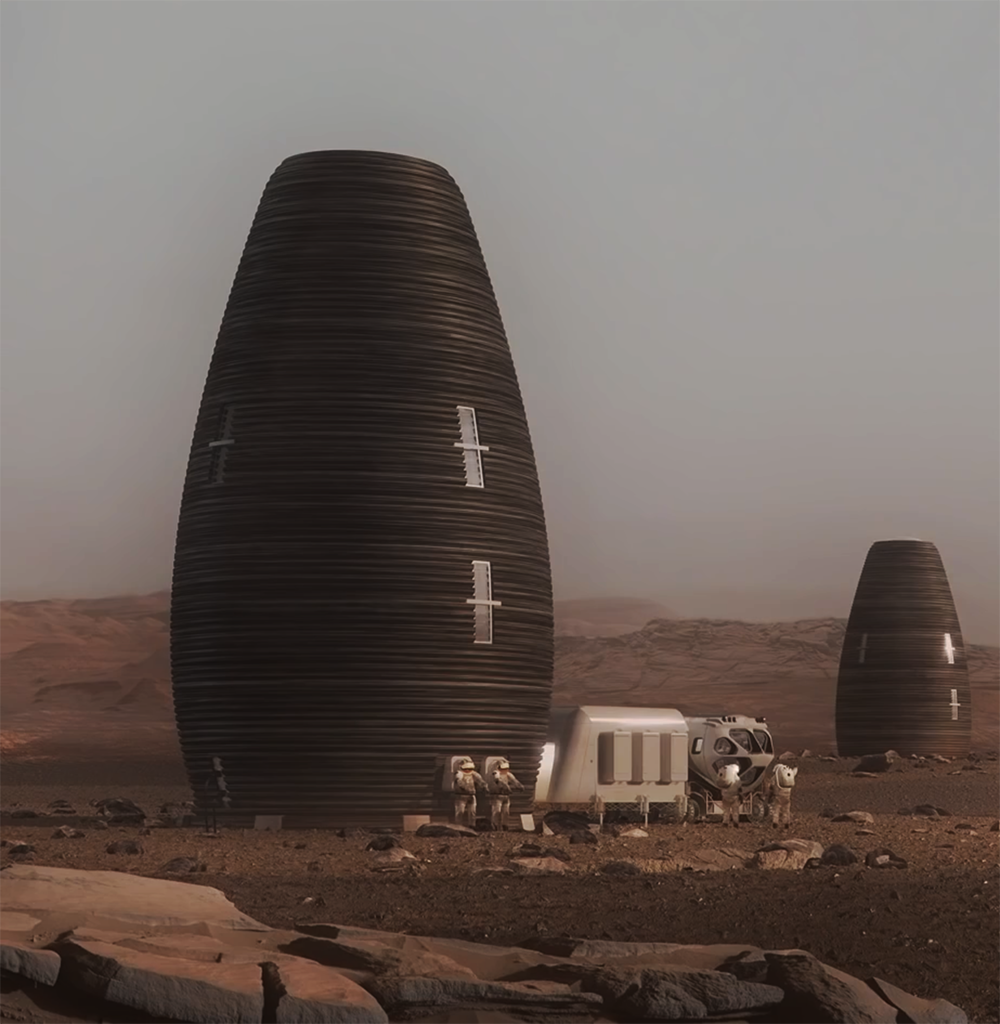
AI SpaceFactory won NASA’s Centennial Challenge in 2019 with a 3D printed habitat structure designed for Mars. Credit: NASA
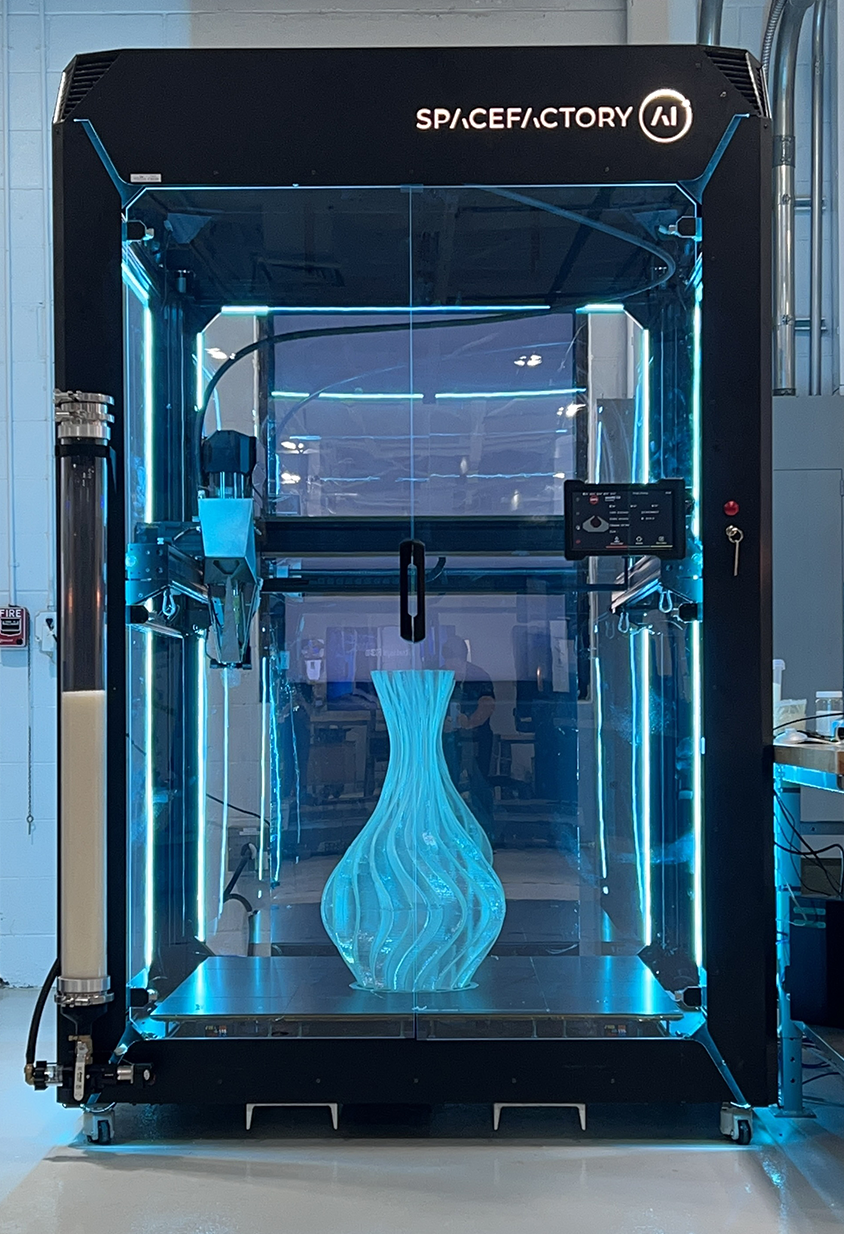
AI SpaceFactory’s latest commercial offering, Starforge, is a large-format 3D printer with “ink” that mixes with a variety of materials. Credit: AI SpaceFactory Inc.

AI SpaceFactory’s 3D-printed model Mars habitat, pictured here, proved far sturdier than its competition’s at the Centennial Challenge in 2019. Credit: AI SpaceFactory Inc.





